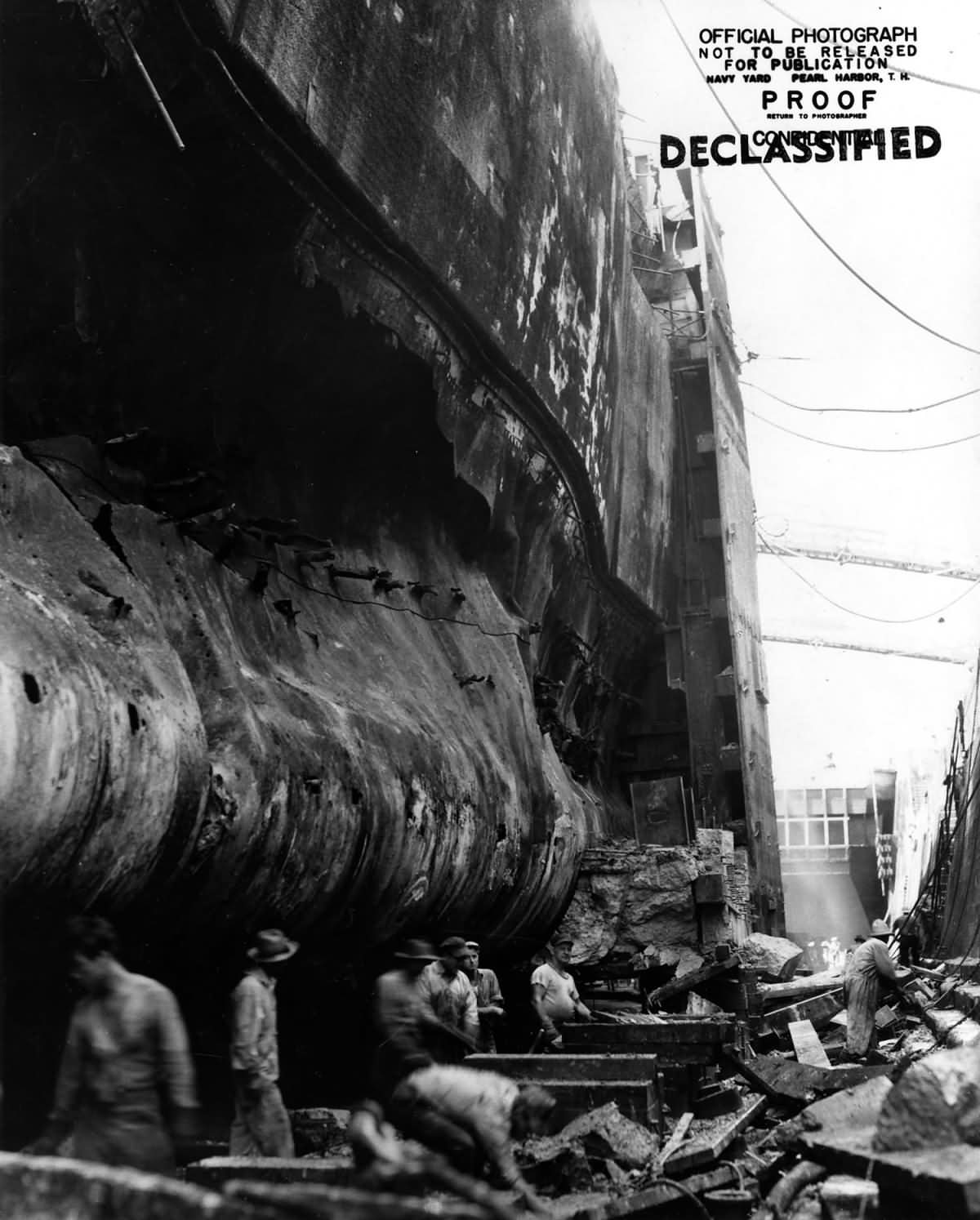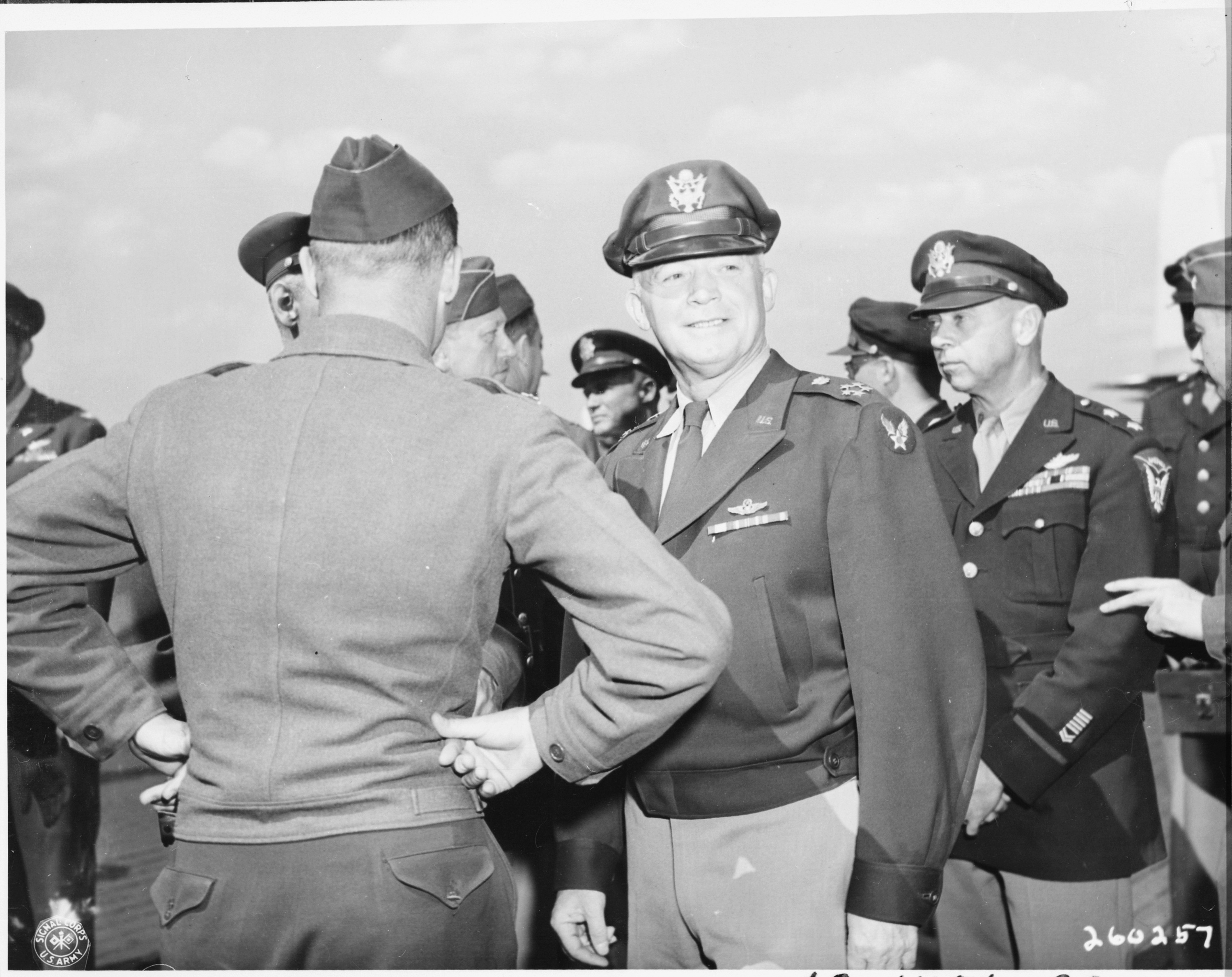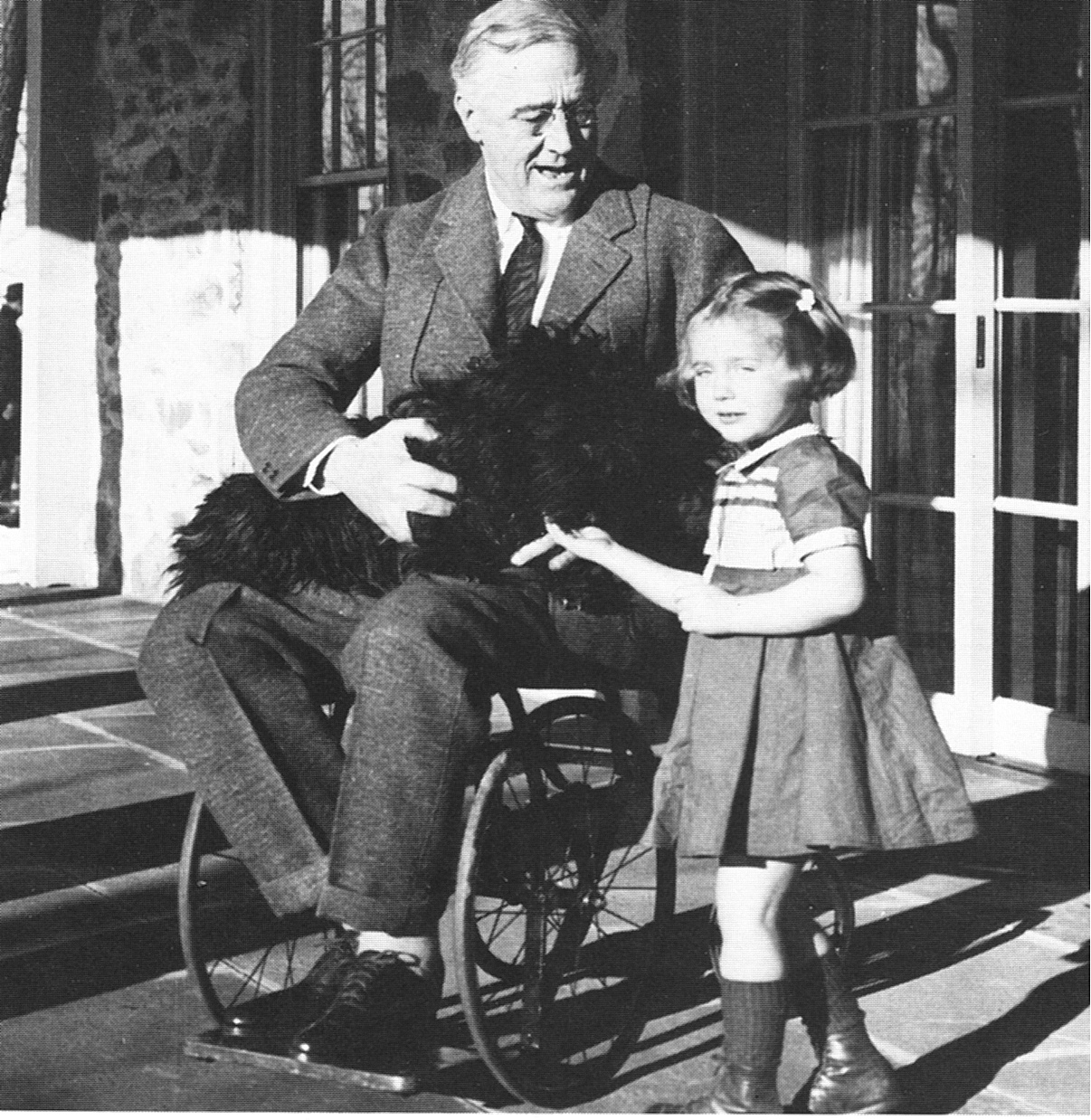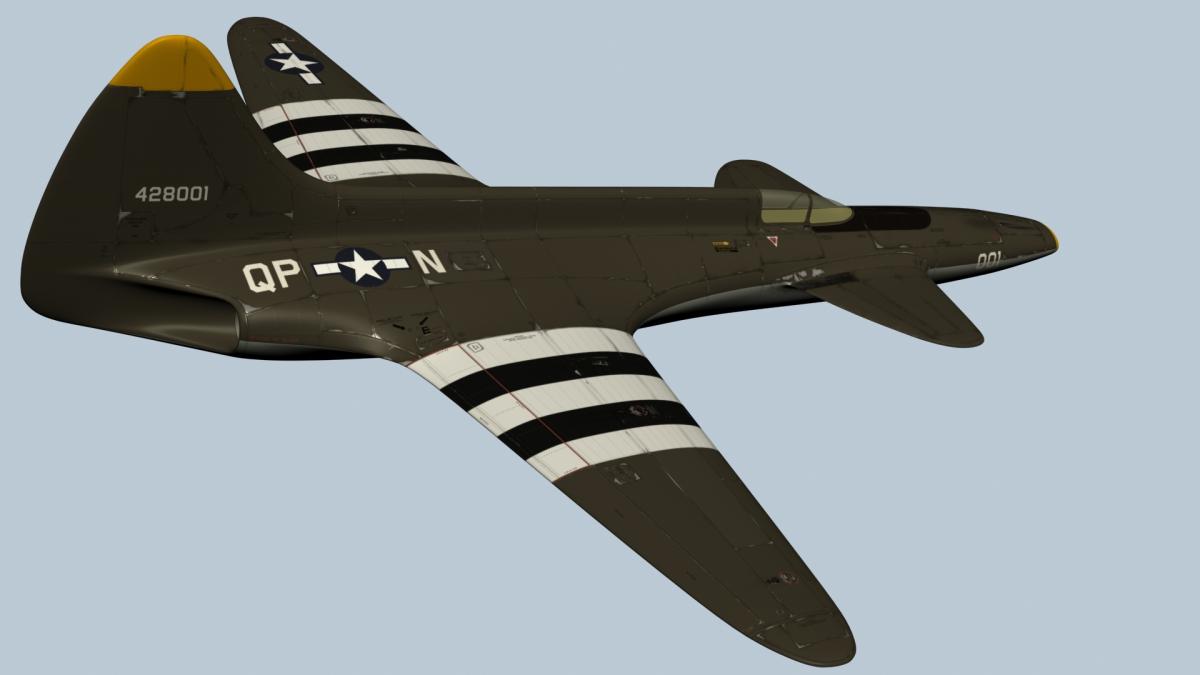marathag
Banned
Where do you propose inserting the 30 meter hull plug to get the additional 4 m/s natural speed and get the additional 50,000 kWatts to drive the new 42,000 tonne standard displacement monstrosity? It, all, has to affect the frame plan, the hull flow design, ship turn radius, the flotation sausage sectionally, deep load, roll, metacentric etc.
For starters, the Italians replaced the entire propulsion section, and more than doubled the plant's output to make that 27 knots.
Instead, it seems the USN wanted to make the ultimate 21 kt Standard.
Different goal.


Right in the Center where they reconstructed most everything anyway, looks like the spot for the plug
Last edited:


